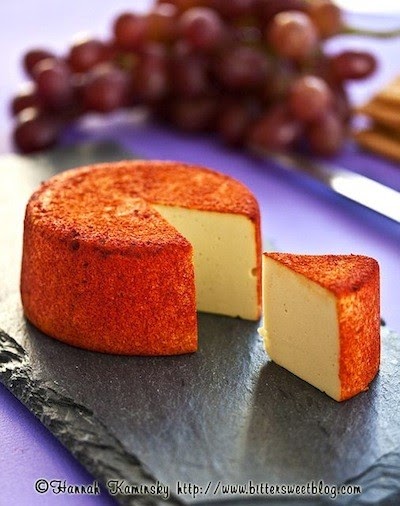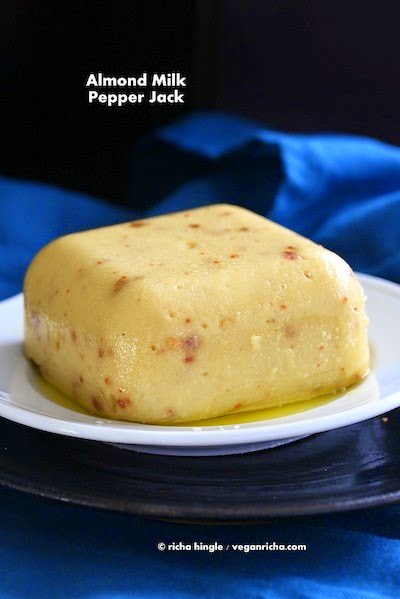Including easy ingredient substitutions, basic knife skills, meat marinating times, and more.
1. For making your own vinaigrette
Which you should be doing, instead of buying the bottled stuff. It’s healthier and tastier, and it’s really not hard. Here’s everything you need to know about building a better salad.
2. For making substitutions when you’re missing an ingredient.
Pretty awesome. [via]
3. For cooking red meat exactly how you like it.
If you’re going splurge on a really great piece of meat, you’d better know how to cook it to temperature. If you need more help, here’s how to make the perfect steak.
4. For spicing things up.
Sure, you can just dump a bunch of spices into your stew and it’ll taste good. But, you can take your home cooking to a whole new level if you really know which spices taste best with which foods. [via]
5. For making any soup from scratch.
It’s actually s(o)uper easy to make a healthy, warming winter meal. [via]
6. For Metric conversions.
 |
| [via] |
7. For boiling eggs:
Cooking time varies depending on whether you like your yolks soft or hard. Here’s exactly how to boil an egg.8. For volumetric conversions.
Why do math when this chart has all the answers?
9. For cooking with and maintaining a cast iron skillet.
Cast iron skillets are great for cooking because they’re good heat conductors, meaning they get super hot, stay super hot, and cook your food evenly. They’re especially great for getting a delicious, crispy crust on meat. Here’s everything you need to know about owning a cast iron skillet.
10. For making sure you’re using the right kitchen appliance.
Good cooks know that sometimes it’s better to leave the hard work to a machine. Just make sure you’re using the right one.
11. For marinating meat to make it tender and delicious.
No more dry chicken. Here’s more about using marinades to make delicious food.
12. For knowing what oil to use.
It’s important to know the smoke point of the oil you’re cooking with so that you don’t set off your smoke alarm and ruin your food. [via]
13. For when you’re too heavy-handed with the chili peppers.
It’s a shame when you spend all evening making a great dish, only to find that it’s intolerably spicy. Here’s how to tone down the heat.
14. For your next trip to the butcher.
Knowing the difference between cuts of meat means you’ll always be able to go into a butcher or grocery store and ask for exactly what you want. Plus, it makes for impressive dinner conversation. Full infographic here.
15. For knife skills.
A sharp knife is a cook’s most important tool. Knowing how to use it means anything in the kitchen is possible. [via]16. For knowing what kind of onion to use.
You won’t ruin a recipe by using a sweet onion when a red onion would have been better, but different onions have different characteristics—some are milder, some are sweeter, etc.—so it’s good to know the difference. More info here.
17. For vegan baking.
You may have to experiment a little bit to figure out which replacement is best for particular recipes, but here’s a good starter guide on egg substitutions.
18. For hosting a party.
Running out is not an option. Heather from Chickabug has plenty more tips for party planning, cooking and decorating.
19. For cooking your grains perfectly.
 |
| [via] |
20. For making a sourdough starter.
Freshly baked bread forever! This is how to make the perfect sourdough boule.
21. For cooking vegetables.
Well, for boiling or steaming vegetables. [via]
22. For filleting fish.
They’re much cheaper when you buy them whole, and filleting them yourself isn’t that hard. [via]
23. For pasta lovers.
Impress anyone with your extensive noodle knowledge. Get the poster (or see a zoomed-in version) at Chasing Delicious.
24. For perfect chocolate chip cookies.
And by “perfect” I mean, “exactly the way you like them.” Learn more about how to make the chocolate cookie you want.
25. For grilling everything.
Fire it up. [via]
26. For knowing what’s in season.
Sure, you can find blueberries at the supermarket in December. They’re just not going to taste very good. From The Best American Infographics.
27. For knowing exactly how to store your groceries, and for how long.
You can’t be a be a better cook if you’re throwing away rotten food all the time. [via]
[via BuzzFeed]











































